For starting kitchen gardening, you don’t need a lot of space. You can grow various fruits, vegetables, and herbs in your kitchen. All you need is a sunny windowsill or countertop. However, even with a small space, there are still some key rules for successful kitchen gardening. This article will explain the most important tips for growing food at home. From container size and type to watering frequency, read on for every point you need to know about kitchen gardening.

Key rules for kitchen gardening
What are kitchen gardening and its importance?
Kitchen gardening is growing vegetables and herbs in a small space, typically in or near the kitchen. Kitchen gardens are a great way to get fresh produce without having to go to the store, and they can also be a fun and rewarding hobby. When starting a kitchen garden, there are a few points to remember. First, choose a spot that gets plenty of sunlight. Vegetables and herbs need at least six hours of sunlight daily to thrive.
If you don’t have an outdoor space that gets that much sun, you can also grow plants indoors under grow lights. Second, make sure you have good soil. Healthy soil is vital for strong plants. If your soil is poor, consider adding some compost or other organic matter before planting. Third, water regularly. Most plants need about an inch of water per week, so check your garden regularly and water as needed.
Fourth, use organic methods whenever possible. This means avoiding synthetic fertilizers and pesticides, which can harm people and the environment. Instead, opt for natural alternatives like compost or neem oil. By following these simple rules, you can create a thriving kitchen garden that will provide fresh produce all season long.
In case you missed it: Top 17 Herbs to Grow in Your Kitchen Garden: How to Plant and Care
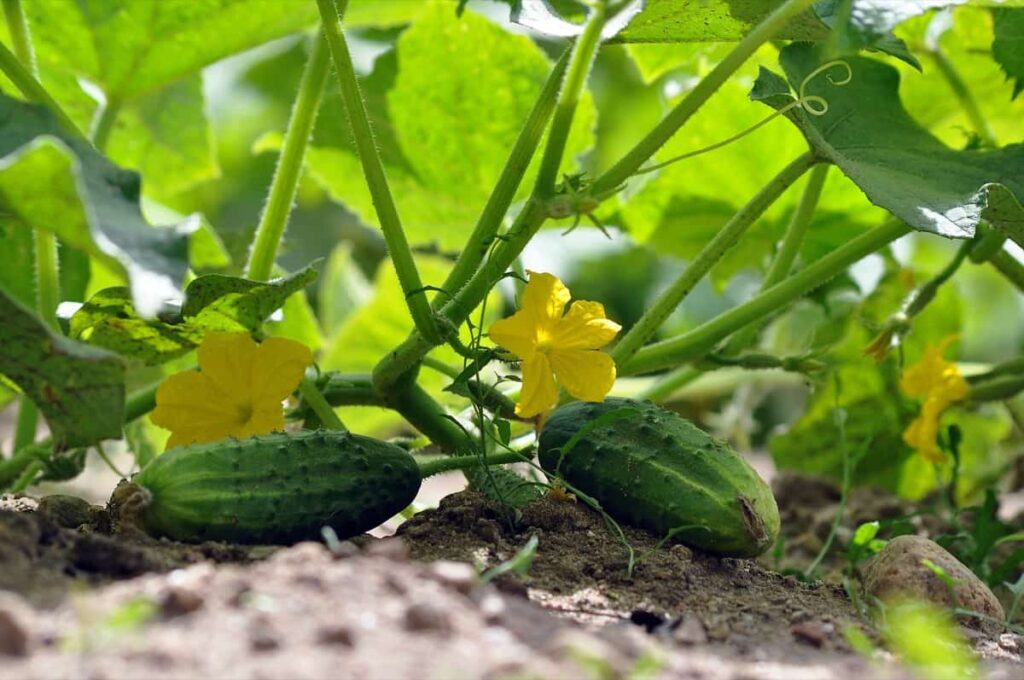
What are the principles of kitchen gardening?
- Start small and gradually increase the size of your garden as you become more confident and comfortable with the process.
- Choose a sunny spot for your garden, as most vegetables need 6 hours of sunlight daily to thrive.
- Add organic matter like compost or well-rotted manure to prepare your soil before planting. This will help improve drainage while providing essential nutrients for your plants.
- Be sure to water regularly, especially during hot, dry weather. Newly planted seedlings and young plants are particularly vulnerable to drought conditions.
- Don’t forget to fertilize. It is good to apply a balanced fertilizer (such as 10-10-10) once per month during the growing season.
- Keep an eye out for plant pests and diseases, and take action promptly if any problems arise.
- Finally, enjoy the fruits (and vegetables) of your labor. Homegrown produce is delicious and nutritious.
What are the key rules to consider when planning a kitchen garden?
When planning a kitchen garden, there are a few key rules to consider to create a successful and bountiful space. Firstly, choose a location for your garden that gets plenty of sunlight throughout the day. Secondly, make sure to rototill or dig up the soil in your chosen location to loosen it and allow for better drainage. Thirdly, add organic matter to the soil, like compost or manure, before planting.
Fourth, create raised beds or use containers if you have limited space. Fifth, select crops that are well suited for growing in your climate and choose varieties that will mature at different times so you can enjoy a continuous harvest throughout the season. Finally, don’t forget to water regularly and fertilize accordingly. Following these simple tips, you will grow a healthy and delicious kitchen garden!
Key rules to start a kitchen garden from scratch
- Start with a plan: Decide what you want to grow and where you want to grow it. Draw a garden plan or use software to help map your garden space.
- Choose the right location: Make sure you choose a spot with plenty of sunlight and good drainage. If you have limited space, consider growing your plants in containers on a sunny balcony or patio.
- Prepare the soil: Use a testing kit to determine your soil’s pH and amend it accordingly. Add organic matter to improve drainage and fertility.
- Select the right plants: Research which plants will do well in your soil type. Consider whether you want annuals or perennials, vegetables or herbs, sun-loving, or shade-tolerant plants.
- Plant at the right time: Check your local planting zone guide to find out when it’s best to plant in your area. Many vegetables can be planted as seeds directly in the ground, but some need to be started indoors and transplanted outdoors later.
- Water regularly: Most garden plants need an inch of water per week, so be sure to water deeply and regularly during dry spells. Use a drip irrigation or soaker hose to save water and prevent evaporation.
In case you missed it: How to Create a Potager: A Full Guide to French Kitchen Garden
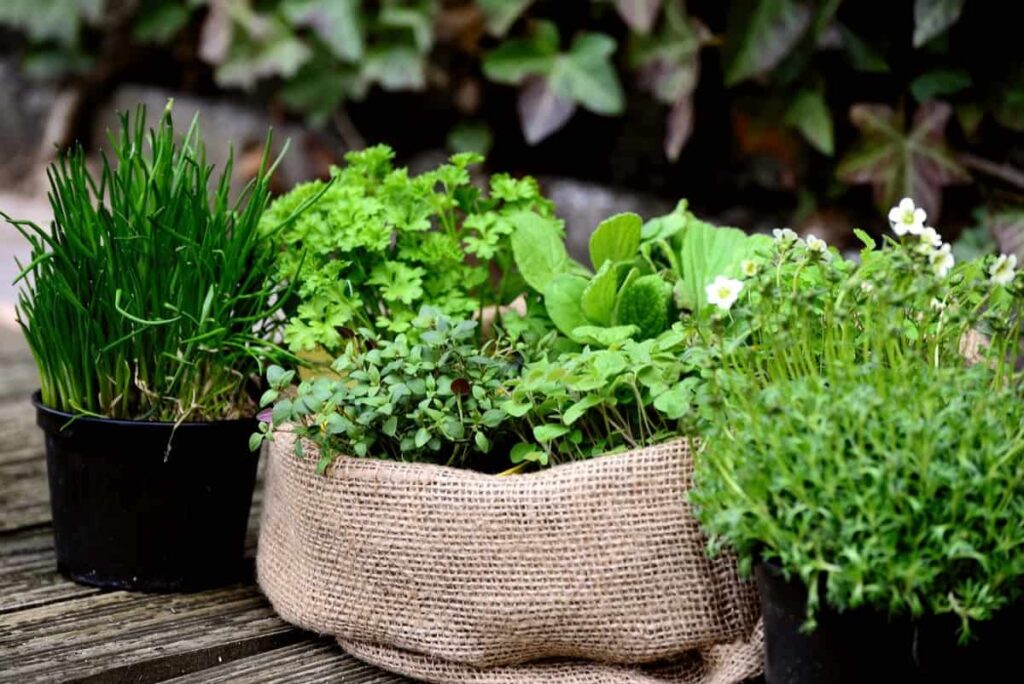
Types of kitchen gardening
The kitchen garden is a great way to get fresh, healthy produce at your fingertips. But before you start planting, remember a few key things. Here are the key rules for kitchen gardening:
- Know your space. The first step is finding how much space you have to work with. This will help you decide what type of garden you can create. You may want to consider a traditional garden with rows of vegetables if you have a large backyard. Container gardening may be better if you have a smaller space, like a balcony or patio.
- Choose the right plants. Not all plants are created equal when growing in your kitchen garden. Be sure to choose varieties that suit your available space and conditions. For example, if you’re limited in sun exposure, look for plants that don’t require as much sunlight to thrive.
- Keep it tidy. A well-kept kitchen garden will be more productive and enjoyable to maintain than one overgrown and unkempt. Regularly weed and trim your plants, so they stay healthy and look their best.
- Make it convenient. The best thing about having a kitchen garden is stepping outside and grabbing fresh produce whenever you need it. To make this happen, locate your garden close to your kitchen door so you can easily access it.
Location
When finding the perfect spot for your kitchen garden, there are key things to remember. First, you’ll want to ensure the space gets plenty of sunlight. After all, most plants need at least 6 hours of sunlight each day to thrive. In addition to sunshine, you’ll also want to ensure that your garden has access to water.
Whether that means hooking up a hose or installing a small irrigation system, ensuring your plants have enough water is key. Finally, you’ll want to think about the size of your garden. If you’re starting, it’s probably best to keep things on a smaller scale. By following these simple tips, you should be able to find the perfect location for your kitchen garden in no time!
Soil
One of the key rules for kitchen gardening is to choose the right soil. The main types of soil are sand, silt, and clay. Sand is the largest particle type and doesn’t retain nutrients or moisture well. Silt is a medium-sized particle that holds onto nutrients and moisture better than sand but not as well as clay. Clay is the smallest particle type and holds onto nutrients and moisture well.
In case you missed it: How to Compost Kitchen Waste with Worms: A Guide to Kitchen Vermiculture
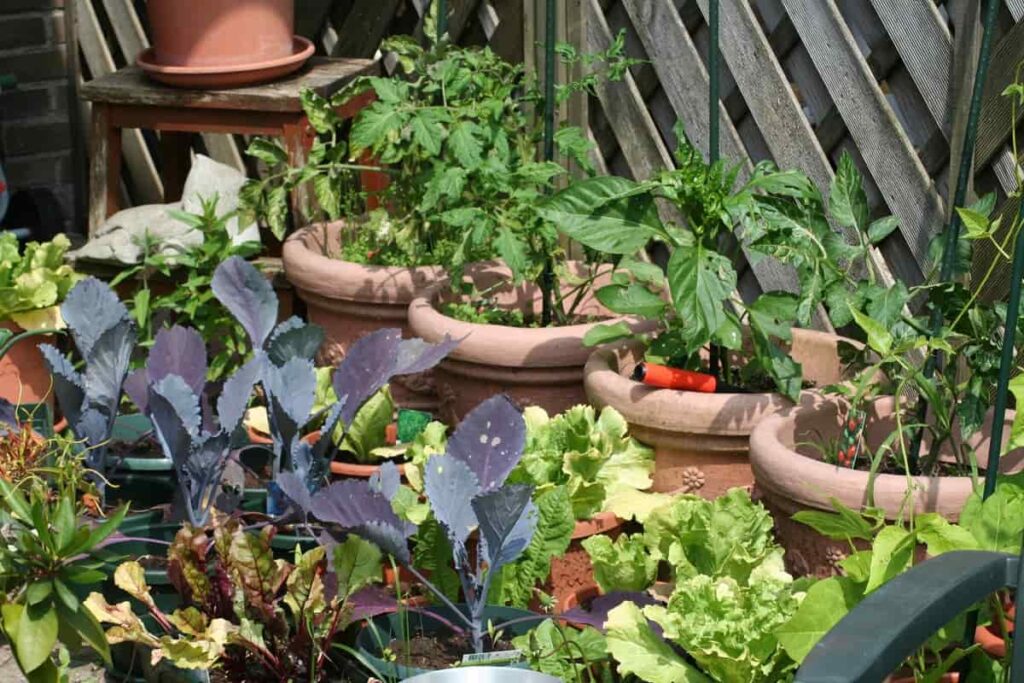
The best type of soil for kitchen gardening is a mix of silt, sand, and clay. This type of soil is called loam. Loam holds onto nutrients and moisture well but still allows air to circulate. It drains well but doesn’t dry out quickly. If you can’t find loam, you can make your own by mixing equal parts sand, silt, and clay. Also, you can add organic matter to improve drainage and aeration. Organic matter includes things like compost, peat moss, or manure.
Watering
When watering your kitchen garden, there are a few key rules. First and foremost, always check the soil before watering. Secondly, be sure to water at the base of plants and avoid getting water on the leaves if possible. Wet leaves can encourage fungal growth and make plants more susceptible to pests and diseases. Finally, make sure you give plants enough water. A good rule is to water until the soil is moist but not soggy.
Fertilizing
Fertilizing your kitchen garden is important to keeping your plants healthy and productive. Here are some key rules to follow:
- Apply fertilizer at the correct time of year. Depending on the type of plant, this may be in the spring or fall.
- Don’t over-fertilize. More is not always better. Follow the directions on your fertilizer packaging.
- Choose the right type of fertilizer. Many different types are available, so research to determine which is best for your plants.
- Pay attention to the pH of your soil. Some plants prefer acidic or alkaline soil, so choose a fertilizer accordingly. By following these rules, you can ensure that your kitchen garden is well-fertilized and thriving!
Pests and Diseases
Pests and diseases can be a big problem in the kitchen garden, as they can quickly destroy crops. There are a few key rules to follow to help minimize the risk of pests and diseases:
- Keep your garden clean and tidy – this point will help to reduce the chances of pests and diseases getting a foothold.
- Inspect your plants regularly for signs of pests or disease. If you spot anything suspicious, isolate the affected plant immediately to prevent the problem from spreading.
- Be proactive in dealing with pests and diseases – don’t wait until they get out of control before taking action.
- Use organic methods wherever possible – this will help reduce the environmental impact and minimize the risk of residues ending up on your food.
- Use resistant varieties where possible – many plants have been bred to be more resistant to pests and diseases.
In case you missed it: Top 43 Kitchen Garden Ideas for Beginners: That Every Gardener Should Know
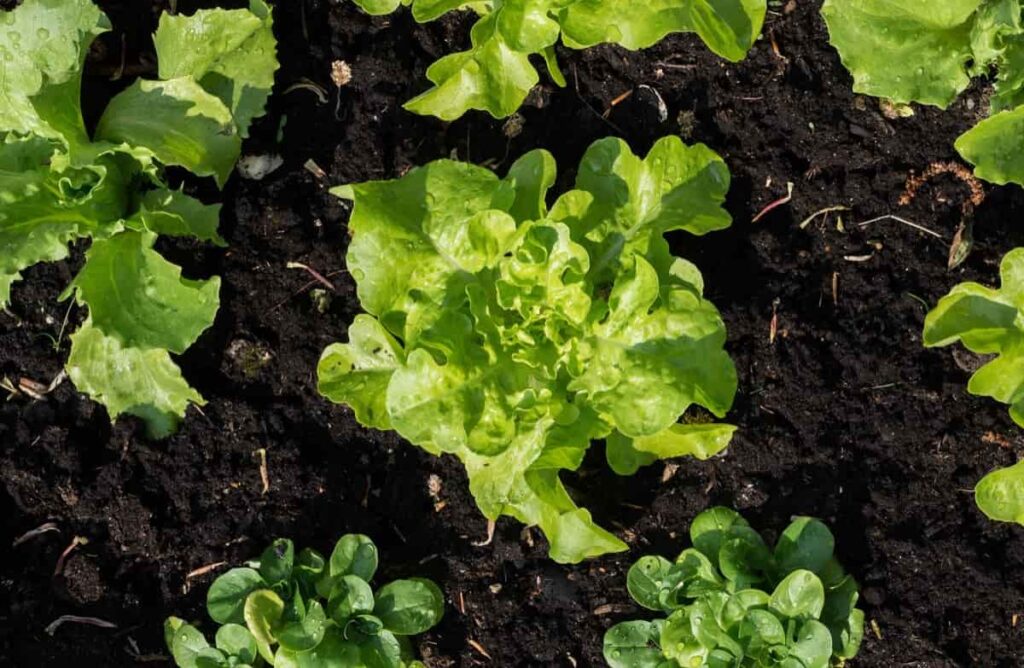
Companion planting
One of the key rules regarding kitchen gardening is having companion plants. This means choosing plants that grow well together, providing each other with the nutrients and support they need to thrive. There are a few points to be remembered when companion plantings, such as the size of the plants (you don’t want to overcrowd them), the amount of sunlight they need, and their water requirements.
But once you’ve figured out which plants will work well together, you can create a beautiful and bountiful kitchen garden. Some great plant companions include tomatoes, basil, strawberries, borage, cilantro, and radishes. So get out there and start companion planting! Your garden will thank you for it.
Harvesting
Harvesting is one of the most important aspects of kitchen gardening. Here are some key rules to follow:
- Only harvest when the fruits or vegetables are ripe. Depending on the plant, this can be determined by sight, touch, or taste.
- Use sharp tools for harvesting, and handle the produce with care to avoid bruising.
- Store harvested fruits and vegetables properly to maintain their quality and freshness.
6 Kitchen gardening tips
- Start with a small space: Don’t try to do too much at first. A small plot of land or just a few pots on a patio can be enough to start.
- Choose the right plants: Not all plants are suitable for growing in a kitchen garden. Consider your climate and the amount of sunlight and water available before selecting what to grow.
- Keep it clean: Wash your hands after handling dirty gardening tools or soil. This will help prevent the spread of disease.
- Don’t forget to fertilize: Plants grown in containers often need more fertilizer than ground ones. Use a high-quality fertilizer and follow directions carefully.
- Water regularly: Containerized plants dry out quickly, so the plants need to be watered more often than in the ground. Check the soil before watering; never let the plants sit in waterlogged soil.
- Prune as needed: Regular pruning helps keep plants healthy and looking their best. Learn how to prune your plants, so you don’t damage them properly.
In case you missed it: Agricultural Biotechnology in India: Role, Examples, Jobs, Salary, Courses, and Colleges
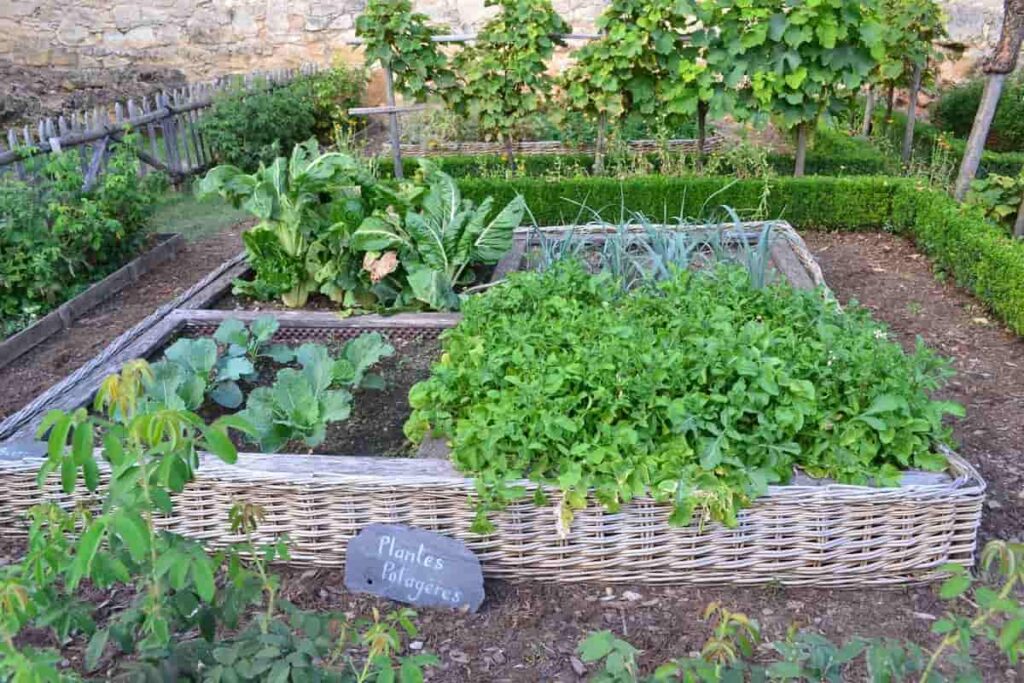
5 Key rules for successful kitchen gardening
- Start with a plan: For starting your kitchen garden, take some time and plan out what you want to grow. Decide what vegetables or herbs you want on hand, and then research which ones will do well in your specific climate and space.
- Create a schedule: Once you know what you want to grow, create a planting schedule that considers the amount of time each plant will need from seed to harvest. This will help you space out your plantings to have something fresh to eat.
- Choose the right containers: Not all plants can be grown in traditional pots or containers. Some, like tomatoes, require special tomato cages or other support systems. Make sure you choose the right containers for the plants you want to grow.
- Provide adequate drainage: All plants need water, but too much water can be as harmful as too little. Ensure your containers have adequate drainage, so plants don’t get waterlogged and rot.
- Pay attention to pests: Unfortunately, indoor gardens are susceptible to pests like aphids and whiteflies. Keep an eye out for these critters and take steps to control them before they decimate your crop.
Conclusion
Kitchen gardening can be a great way to enjoy fresh, healthy produce all year round. By following these key rules, you can set yourself up for success and enjoy the fruits (and vegetables) of your labor for years to come. Do you have any kitchen gardening tips that you swear by? We’d love to hear them in the comments below.
- Crops Grown in Summer Season: Best Choices for Summer Gardening
- Organic Pest Control for Tomato Farming
- How to Maximize Sheep Farming Profit
- Broccoli Varieties: Choosing the Right Cultivars for Your Farm
- How to Raise Pigs in Your Own Backyard: A Comprehensive Guide
- Budget Friendly Sheep Shed Ideas: Cheap and Low-Cost Tips
- How Much Do Cattle Farmers Make: Revenue Streams in Cattle Farming
- Management Pests and Diseases in Your Cotton Field
- Sheep Farming Business Plan for Beginners
- Aquaponic Farming at Home: A Step-By-Step Guide
- Profitable Village Farming Business Ideas in 2024
- High-Yield Aquaculture: Fast-Growing Fish for Farming
- Effective Fish Pond Construction Techniques for Beginners
- Irrigation and Water Management in Pineapple Farming
- Blossom to Harvest: Mastering Flowering and Pollination in Papaya Farming
- Pig Fattening Essentials: From Selection to Sale for Beginners
- Raising Wagyu Cattle: A Complete Guide for Premium Beef Production
- Soil Types and Their Water Holding Capacity
- Optimizing Irrigation Schedules for Coconut Groves for Enhanced Yield
- Espresso Your Garden: Coffee Grounds for Healthier Acid-Loving Plants
- The Best Soil Mix for Snake Plants: How to Mix Your Own Snake Plant Soil
- Green Thumb Success: Expert Tips for Cultivating Greenhouse Beans All Year Round
- Bloom All Year Round: The Ultimate Guide to Indoor Hyacinth Care
- Eco-Friendly Gardening: How to Make Liquid Fertilizer from Kitchen Waste
- Ultimate Guide to Grow Anise in Pots: Explore Seed Propagation to Harvesting
- Guide to Raising Chester White Pigs: Discover Breed Facts to Growth Management
- Mastering the Elegance: The Ultimate Guide to Weeping Cherry Tree Care, Planting, and Maintenance
- Ultimate Guide to Planting Garlic in Grow Bags: Growing Strategies for Beginners
- How to Fix Spider Plant Leaf-Related Problems: Natural and Organic Remedies
- 10 Reasons Why Your Tulsi Plant is Shedding Leaves: Home Remedies and Solutions
- Optimizing Growth and Yield: The Advantages of Palm Bunch Ash Fertilizer
- Utilizing Neem Oil Extract as a Natural Pesticide for Hydrangea
- From Soil to Harvest: Various Ways in Which Farmers Can Use AI Tools
- Steps to Encourage and Induce Citrus Flowers: A Comprehensive Guide
- How to Fix Snake Plant Leaf-Related Issues: Natural and Organic Remedies
- Transform Your Garden into a Fragrant Oasis with Raat Ki Rani (Night Blooming Jasmine)
